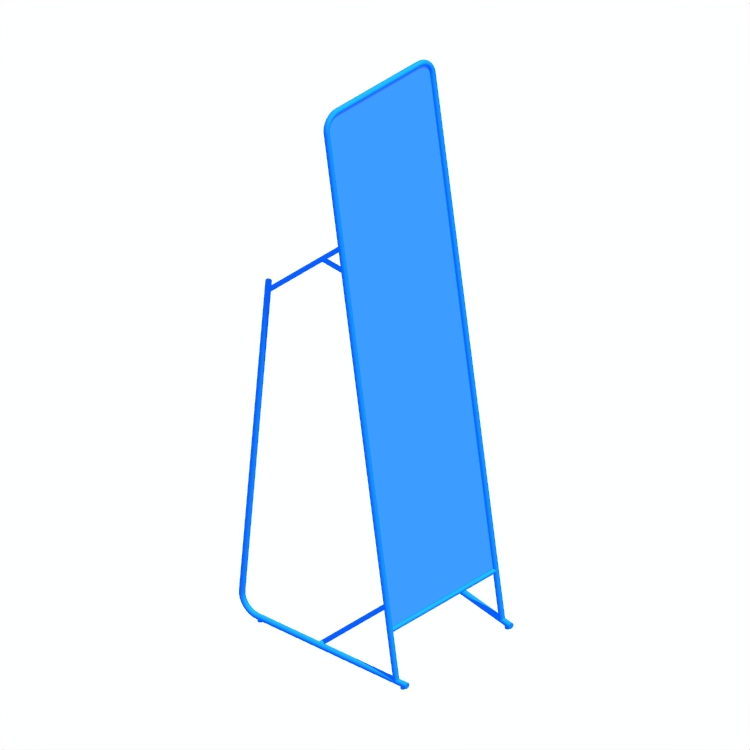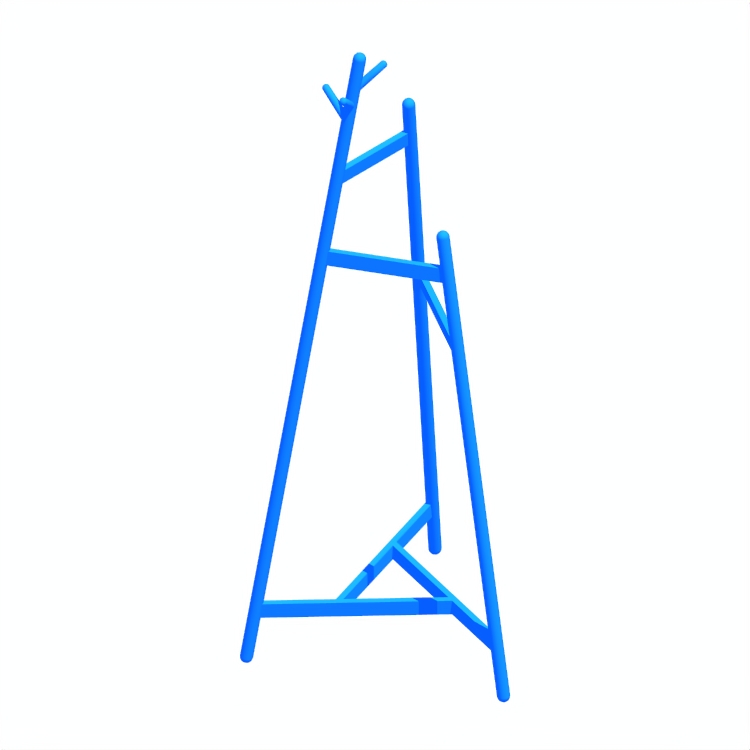
Entryway Furniture includes the benches, consoles, coat racks, shoe storage, mirrors, and small tables that organize the transition between outdoors and indoors. It helps manage daily movement—offering places to sit, hang coats, store shoes, or drop keys. Found in homes, offices, hotels, and small apartments, these pieces create a first impression while providing essential function.
Styles vary widely, from minimalist wall-mounted systems to ornate wooden hall stands or modular cubbies. By blending storage and presentation, Entryway Furniture serves both aesthetic and practical needs, shaping the flow and atmosphere of spaces where people arrive, prepare, and leave.
Early forms of Entryway Furniture emerged in grand homes and estates where visitors were received and coats were stored. In these formal interiors, elaborate hall stands and umbrella racks displayed craftsmanship and wealth, often made from carved wood with mirrors and brass fittings. As living spaces evolved, smaller homes adopted simpler benches, hooks, and shelves suited to everyday use.
Industrialization made such pieces more affordable, and by the 20th century, the entryway became a functional yet decorative part of domestic design. Over time, the emphasis shifted from ornamentation to efficiency—balancing convenience, cleanliness, and welcoming design.
In the coming years, Entryway Furniture is becoming more adaptive, modular, and connected to lifestyle changes. Designs now integrate concealed charging ports, motion-activated lighting, and compact storage for urban living. Sustainable materials such as bamboo, recycled metal, and cork are gaining popularity for their durability and warmth.
Wall-mounted systems combine mirrors, shelves, and hooks into slim, customizable units suited to small apartments. Some versions even include smart locks or app-linked organization features. Blending technology and design simplicity, Entryway Furniture continues to evolve as the threshold between home and world—offering both comfort and order in increasingly compact living environments.
Furniture that can be placed in an entryway are a table or shelf where keys and mail can be stored and sorted, a mirror, and a lighting fixture. Other entryway furniture is a bench for putting on shoes and a shoe rack.
Turning existing furniture into mudroom furniture is a simple process and can be done with a dresser. Start prepping the dresser by cleaning it, removing any hardware, and sanding the outer finish. Wipe off any residue and paint the dresser – applying a second coat if needed. Finish the project by customizing each drawer of the dresser by adding any labels or décor.
Items that should be stored in entryway furniture include coats, shoes, as well as any outerwear. Scarves and coats can be stored on hooks, while shoes and gloves can be placed in cubbies. Other items that can be stored are purses, backpacks, dog leashes, hats, keys, mail, phones, and spare change.



















































































































































































